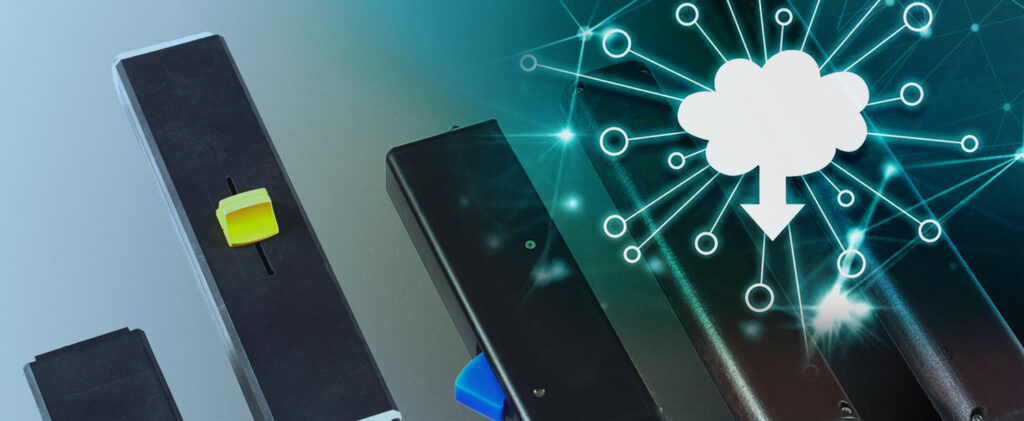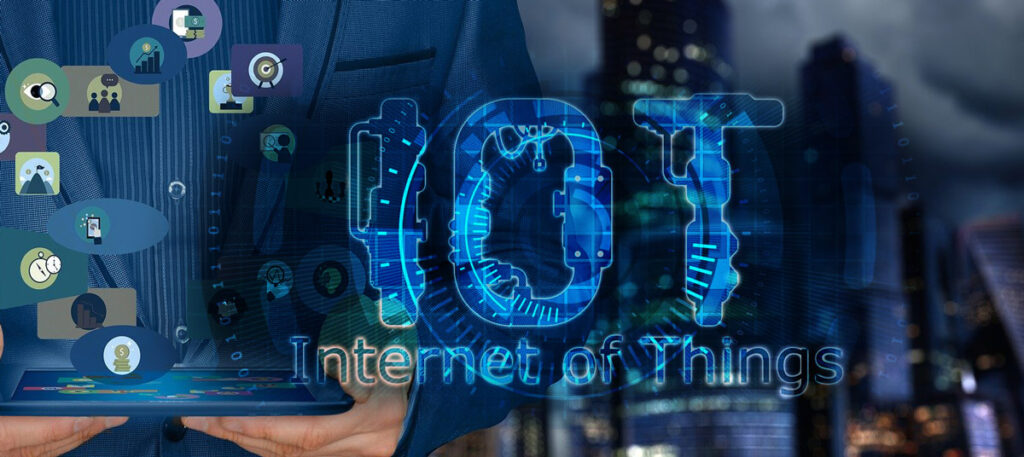Power Generated by Environmental Harvesting

Energy harvesting is a technology that can harness many forms of energy in the immediate surroundings into electricity. With proper development and application, it has the possibility to provide power to IoT devices without the need for power cords or batteries, and has gained much attention in recent years. IoT devices powered by environmentally harvested energy are expected to be much easier and cheaper to maintain since they will have no costs associated with power cords, batteries, or battery charging and changing. For these reasons, environmental harvesting is considered an essential technology for the widespread adoption of IoT devices in the future. However, challenges remain, such as the amount of energy that can be generated by environmental harvesting.
Table of contents [close]
Limits of power generation by environmental harvesting
The modern world produces electricity for daily activities through many sources, such as fossil fuels and hydroelectric power. Wind, solar, geothermal, and other renewable energy production methods have also been developed. Environmental harvesting is a technology that uses other, less common energy sources to generate electricity, such as the movement of the human body, heat exerted from a machine, transmission waves traveling through the air, and others to produce small packets of energy when and where it is needed.
One example of an Energy harvesting from vibrations for IoT devices is generating electricity from weak indoor lighting to power small devices such as calculators. Electromagnetic induction devices and piezoelectric devices that convert the vibrations of machines or the movement of people to electricity also exist. Devices that convert excess heat from machines or even the human body have also been developed. If such devices are installed in IoT devices, the IoT device will be able to supply power to itself without the need for power cords, batteries, or fuel.

However, energy harvesting relies on energy sources that provide only small, unstable amounts of energy. Therefore, the electric power produced is similarly weak and unstable. Currently, environmental harvesting devices are only able to generate a few micro watts of energy. This is enough to momentarily light an LED bulb or to send a very small amount of data across a very short distance. Thus, the use of environmental harvesting has been limited to secondary power sources that supplement battery power to extend battery life.
Power hungry IoT devices
In order to fully implement energy harvesting from vibrations for IoT devices, IoT devices that operate with less energy are needed. In addition, to make the unstable power generated by the energy harvesting from vibrations for IoT devices more user-friendly, energy storage and other techniques need to be considered.
The very near future will require IoT devices that are more sensitive and that can transmit data across greater distances. More power will be needed to operate these devices. To increase the power output, in the case of light-powered harvesters, the light-absorbing surface area will need to be increased. For vibrational harvesters, the harvester will need to be made bigger to capture and convert more vibrational motion into energy. However, environmental harvesters cannot be used in IoT devices if they become too large. The next-generation energy harvesters need to be highly efficient and be able to generate the same amount of power or more with a smaller, thinner profile.
For example, light-powered energy harvesters have been developed using dye-sensitized solar cells, which can generate power from low or scattered light. Currently, they are less efficient than the widely used silicon solar cells, so further development to increase efficiency is needed.
Flexible heat energy harvesters have been developed that can generate the same amount of power as the conventional heat energy harvesters that are much thicker. They can generate electricity from body heat and are completely flexible, so they can be bent and pasted to various heat sources.
-
Issues in implementing Energy harvesting devices

-
What is Energy Harvesting? What are Energy Harvesting Challenges?

-
Making Energy Harvesting devices smaller, thinner, more durable, and more efficient

-
IoT devices that operate without power supplies

-
Generating electricity from mechanical vibrations - How it works and what it is used for



